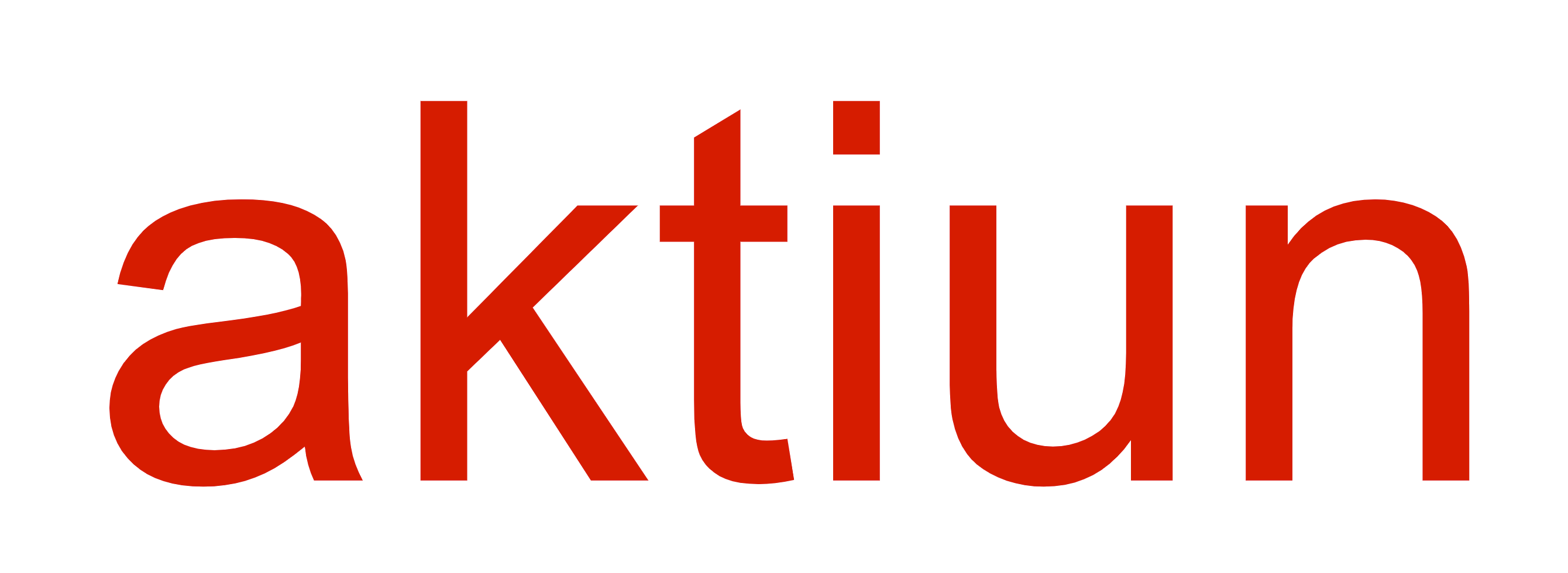While some BI tools support embedded visual analytics with different degrees of functionality, the details and learning curve to create advanced data applications only become apparent as users try to implement their specific requirements, add interactivity, and integrate with their security infrastructure.
To add to the complexity, a BI tool may offer separate embedding approaches, each with their limitations, to alleviate their shortcomings. For example, one approach if it is a simple web page, another approach if it is a custom web portal, and so on. Teams spend months of development effort trying to hack their BI tool to do what they need, only to end up with something hard to maintain that cannot be deployed in production.
The reality is that not all functionality available in the self-service interface of a BI tool is available as components that you can easily integrate into your data product. Additionally, making what is available work in the way you want requires searching and re-searching... until now.
ChartFactor Studio transparent code approach
At Aktiun, we recently introduced a first-in-class self-service user interface of ChartFactor Studio for its most popular charts. It is similar to other visual analytics UIs in that it allows users to easily configure their visualizations. The main difference is that it also allows users to see the code that powers its analytics functionality at all times, no matter if users are changing visualization settings, adding filters across visualizations and sources, drilling in or drilling through visuals.
This video uses the Political Campaign Ad Targeting dataset made available by Google to showcase our code transparency approach that enables users to rapidly create their advanced data applications in addition to exploring their data to discover insights.
ChartFactor is a completely different approach to visual analytics. It provides components to enable the creation of empowering visual analytics experiences for users, where they can ask new questions as ideas occur without crazy hardware requirements or cloud service charges.
In my next article, I'll present how this transparent code approach enables additional tools to keep accelerating your visual analytics endeavours.
